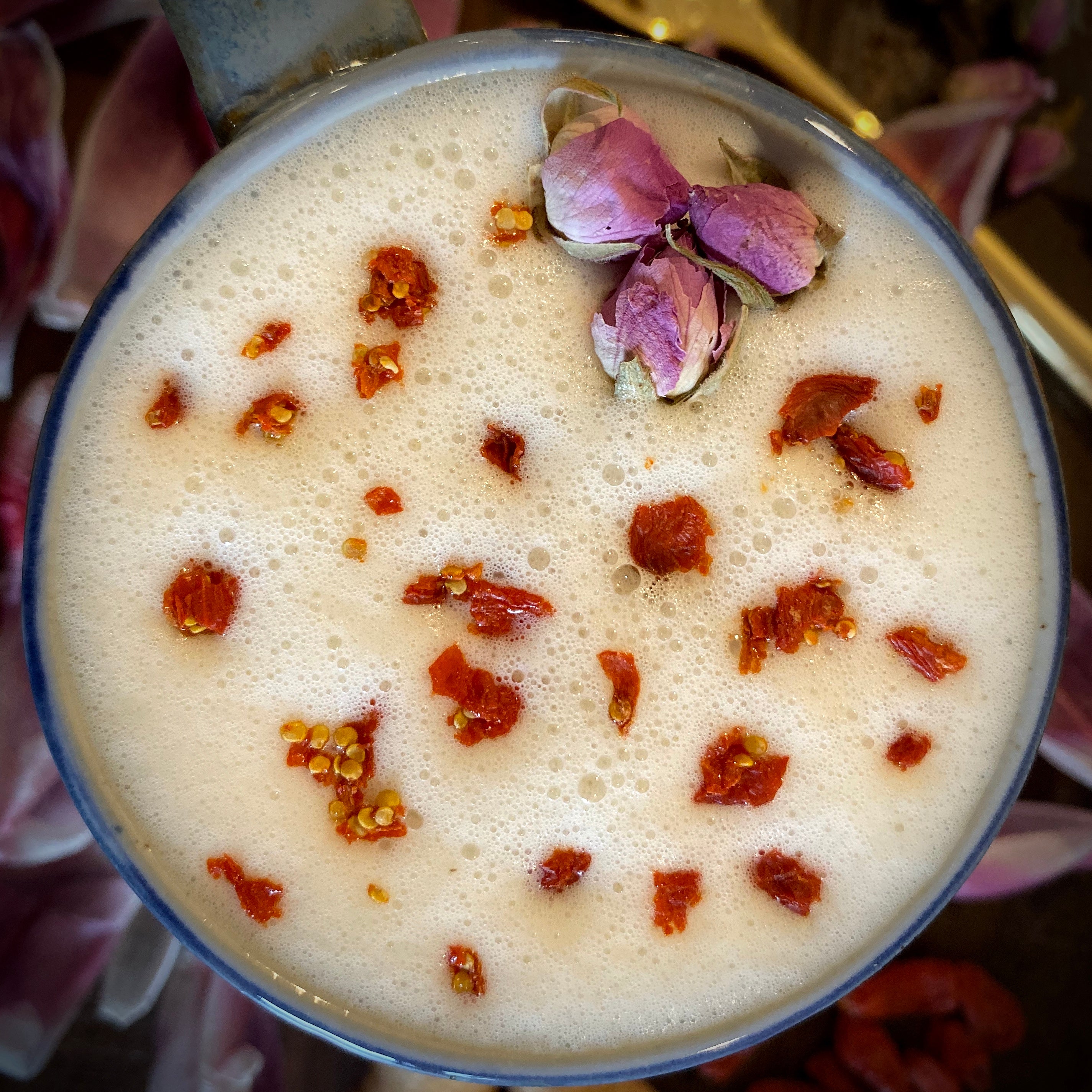August 10, 2013

Gluten is a substance found in many grains including barley and rye but most abundantly found in triticum aestivum, otherwise known as modern day wheat. Grains are made up of an endosperm, bran, and germ. Gluten is group of proteins found bound to a starch in the endosperm of these grains. The endosperm and it’s contents are responsible for nourishing the flowering plant.
When baking, gluten is the glue that makes dough stick together and helps it to be elastic, stretchy, and chewy. If you were to knead the dough and then rinse the starch off underwater, you would be left with a sticky substance called gluten. Since wheat is the grain with the largest percent of gluten, it has been hybridized more than any other grain in order to yield a food with a substantial amount of gluten. The more gluten that the grain contains, the better it is for baking and cooking.
Hybridization of wheat is not new, humans have been doing this for hundreds of years now. What is new is that in the past 50 years we have deamidated wheat. This is a process that degrades the proteins found in wheat and allows them to be water soluble so they can be used in a larger variety of packaged foods. But, the more we alter wheat, the more it produces an immune response in genetically susceptible people.
There are 2 main groups of proteins found in the gluten from wheat, gliadin and glutenin. Gliadin is soluble in alcohol while glutenin is only soluble in dilute acids or alkalis. Gliadin is prolamin which is responsible for causing allergic or immune responses. There are 4 types of gliadin; alpha, beta, gamma, and omega. In terms of causing an immune response in Celiac disease, alpha gliadin-33-mer is the most studied and an autoimmune reaction can be confirmed on testing.
Lectins such as wheat germ agglutinin (WGA) are known to clump red blood cells and lead to inflammation. Opioid peptides such as gluteomorphine and prodynorphine affect your brain and nervous system. Wheat also contains albumins, prolamins, and globulins.
There has been a bit of concern about whether or not oats contain gluten. Oats on their own do not contain gluten but they contain a similar protein in small amounts called avenin. Like wheat gluten, avenin is prolamin. Even though avenin makes up only a small amount of protein in oats, in sensitive individuals, ingesting oats could potentially cause an immune response.
Another issue you have to look out for is cross contamination. In order for oats to be gluten free they must be processed in a facility that is gluten free. If your oatmeal is processed in a facility that is not labeled gluten free then your oats could be contaminated with gluten from wheat or oats in it. So theoretically, someone with gluten intolerance can have gluten free oats but keep in mind gluten is not the only substance in grains that can cause an immune response in susceptible people.
Rice and corn also contain gluten like proteins but they do not contain glutenin nor gliadin. However, zein, the gluten like substance in corn still contains inflammatory prolamins. Keep in mind that just like oats, if these grains are produced in a facility that processes wheat, barley, rye, or other gluten containing grains then the possibility of cross contamination rises.
It doesn’t matter if you’re eating organic 12 grain sprouted whole wheat bread from a kosher bakery or a refined white flour donut from the gas station, the gluten is still causing the same reaction in your body. If you are gluten sensitive, there is not a healthier gluten choice besides avoiding it all completely.
| Wheat | Barley | Spelt |
| Semolina | Farina | Triticale |
| Graham | Orzo | Kamut |
| Bran | Couscous | Farro |
| Fu | Seitan | Soy Sauce |
| Germ | Bulgur | Beer |
| Modified Food Starch | Malt Flavoring | Vital Wheat Gluten |
| Wheat Germ Oil | Hydrolyzed Protein | Miso |
| Smoke Flavoring | Seasonings | Artificial Flavorings |
Like what you are reading? Check back for third article in the series, Non-Celiac Gluten Sensitivity (Part III): What Happens Inside the Gut?
December 21, 2019 0 Comments
With a vast drop in temperature, darker skies and rainy days, winter is the most yin of all the seasons. It is associated with the kidney and bladder organs, the color black, the element water, the emotion fear, and salty and bitter flavors.
December 06, 2019 0 Comments

Goji berries are one of the most well known Chinese herbs in the US. Used for over 2000 years in China, they were first mentioned in the Shen Nong Ben Cao Jing, the oldest known book on Chinese herbs in 200 BC. They are prized for their ability to tonify blood and yin without causing stagnation. Consumed daily in China as a food and herbal medicine, goji berries are revered for their anti-aging properties. They are used in many beauty tonics.